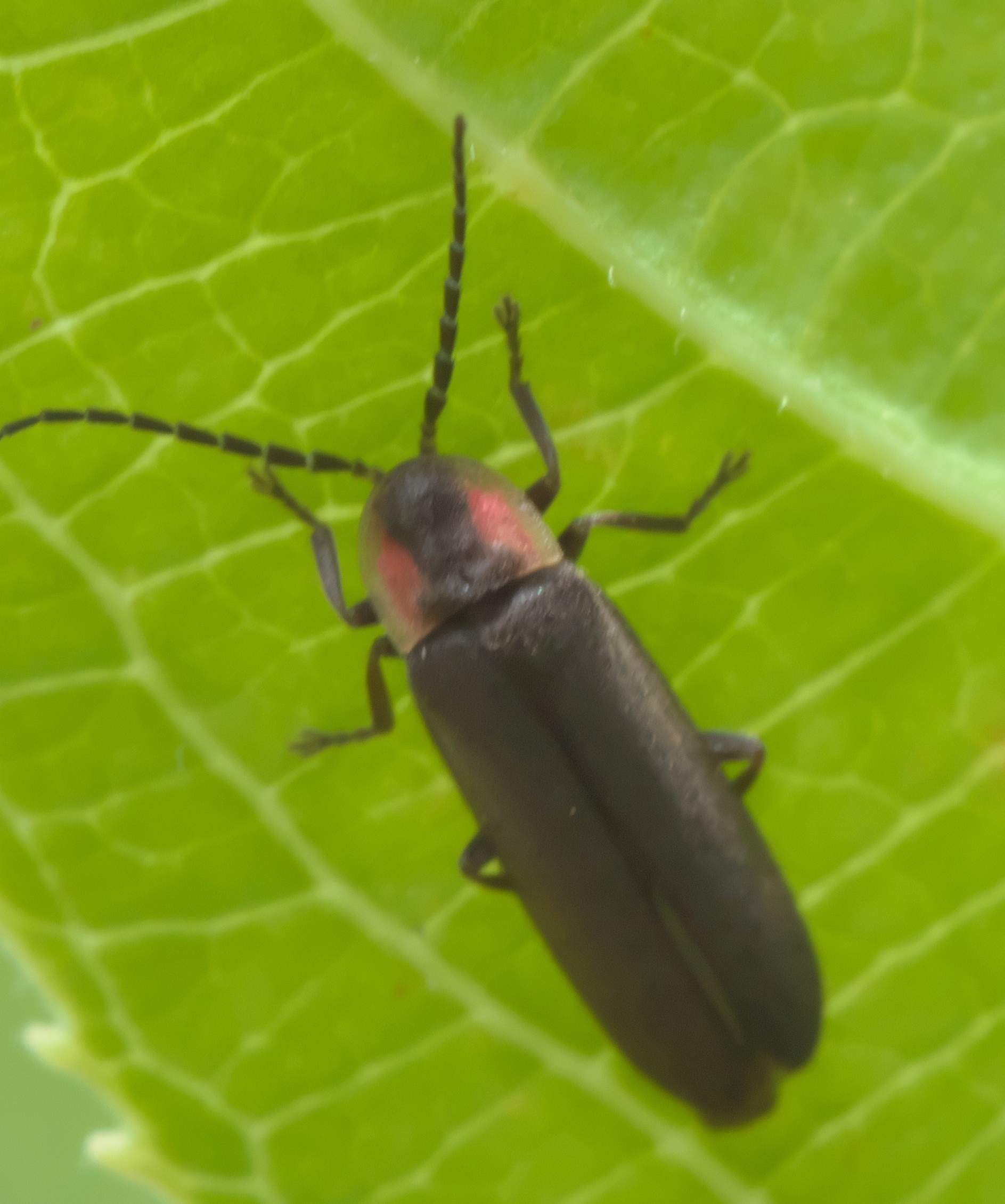|
Pyropyga Alticola
''Pyropyga alticola'' is a species of firefly in the beetle family Lampyridae. It is found natively in Central America. Notably, it or a close relative is believed to be the '' Pyropyga'' species which was accidentally introduced and became established as an invasive species in the Kantō Plain The is the largest plain in Japan, and is located in the Kantō region of central Honshū. The total area of 17,000 km2 covers more than half of the region extending over Tokyo, Saitama Prefecture, Kanagawa Prefecture, Chiba Prefectur ... of Japan. References Lampyridae Bioluminescent insects {{firefly-stub ... [...More Info...] [...Related Items...] OR: [Wikipedia] [Google] [Baidu] |
Beetle
Beetles are insects that form the order Coleoptera (), in the superorder Endopterygota. Their front pair of wings are hardened into wing-cases, elytra, distinguishing them from most other insects. The Coleoptera, with about 400,000 described species, is the largest of all orders, constituting almost 40% of described insects and 25% of all known animal life-forms; new species are discovered frequently, with estimates suggesting that there are between 0.9 and 2.1 million total species. Found in almost every habitat except the sea and the polar regions, they interact with their ecosystems in several ways: beetles often feed on plants and fungi, break down animal and plant debris, and eat other invertebrates. Some species are serious agricultural pests, such as the Colorado potato beetle, while others such as Coccinellidae (ladybirds or ladybugs) eat aphids, scale insects, thrips, and other plant-sucking insects that damage crops. Beetles typically have a particularly har ... [...More Info...] [...Related Items...] OR: [Wikipedia] [Google] [Baidu] |
Lampyridae
The Lampyridae are a family of elateroid beetles with more than 2,000 described species, many of which are light-emitting. They are soft-bodied beetles commonly called fireflies, lightning bugs, or glowworms for their conspicuous production of light, mainly during twilight, to attract mates. Light production in the Lampyridae is thought to have originated as an honest warning signal that the larvae were distasteful; this was co-opted in evolution as a mating signal in the adults. In a further development, female fireflies of the genus ''Photuris'' mimic the flash pattern of ''Photinus'' species to trap their males as prey. Fireflies are found in temperate and tropical climates. Many live in marshes or in wet, wooded areas where their larvae have abundant sources of food. While all known fireflies glow as larvae, only some species produce light in their adult stage, and the location of the light organ varies among species and between sexes of the same species. Fireflies ha ... [...More Info...] [...Related Items...] OR: [Wikipedia] [Google] [Baidu] |
Pyropyga
''Pyropyga'' is a genus of fireflies in the beetle family Lampyridae. There are about 13 described species in ''Pyropyga''. It is among the genera of Lampyridae where both sexes of adults have no bioluminescent organs. Species * '' Pyropyga alticola'' Green, 1961 * ''Pyropyga australis'' Green, 1961 * ''Pyropyga chemsaki'' Zaragoza-Caballero, 1993 * ''Pyropyga cordobana'' Green, 1961 * ''Pyropyga decipiens'' (Harris, 1836) * ''Pyropyga extensa'' Green, 1961 * ''Pyropyga incognita'' E. Olivier, 1912 * ''Pyropyga minuta'' (LeConte, 1852) * ''Pyropyga modesta'' Green, 1961 * ''Pyropyga nigricans'' (Say, 1823) * ''Pyropyga saltensis'' Green, 1961 Nomina dubia * ''Pyropyga exstincta'' (Gorham, 1880) * ''Pyropyga tarda ''Pyropyga'' is a genus of fireflies in the beetle family Lampyridae. There are about 13 described species in ''Pyropyga''. It is among the genera of Lampyridae where both sexes of adults have no bioluminescent organs. Species * '' Pyropyga al ...'' Motschulsky, 1 ... [...More Info...] [...Related Items...] OR: [Wikipedia] [Google] [Baidu] |
Kantō Plain
The is the largest plain in Japan, and is located in the Kantō region of central Honshū. The total area of 17,000 km2 covers more than half of the region extending over Tokyo, Saitama Prefecture, Kanagawa Prefecture, Chiba Prefecture, Gunma Prefecture, Tochigi Prefecture and Ibaraki Prefecture. Geography The northern limit borders on the Abukuma Highlands, Yamizo Mountain Range, Ashio Mountain Range, and a volcanic field associated with the Nasu Volcanic Belt. The western coincides with the Kantō Mountain Range and the southern edge is defined by the Bōsō Peninsula, the Miura Hills, Tokyo Bay, and Sagami Bay. The Kashima Sea and Kujūkuri Beach define the eastern end of the plain. Most of the rivers originate in the northern or western mountain ranges and flow east or southeast into the Pacific Ocean, Tokyo Bay, or Sagami Bay. In the central part of the plain is the Tone River; in the northern part the Watarase River, Kinu River, Kokai River, Naka Ri ... [...More Info...] [...Related Items...] OR: [Wikipedia] [Google] [Baidu] |


